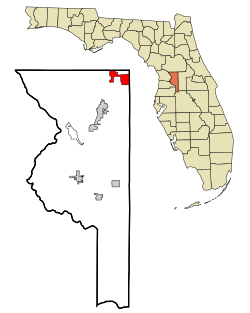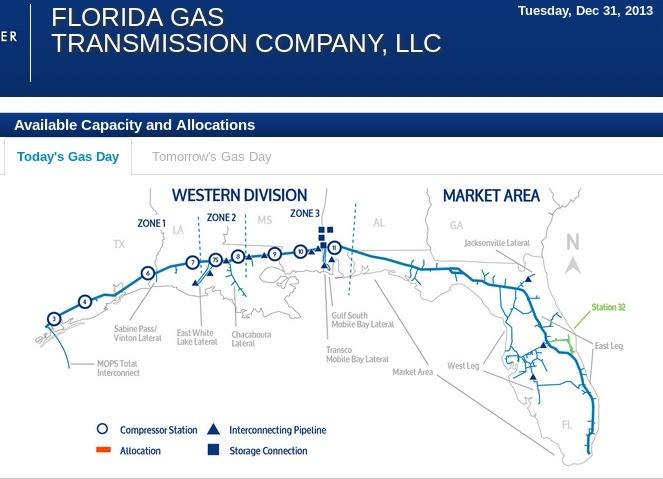 There’s no safe way for the yard-wide Sabal Trail fracked methane
pipeline through the
fragile karst limestone containing
the Floridan Aquifer, according to what Florida’s Department of Environmental Protection
told FERC back in April.
And what’s this about
seven foot pipeline depth in Florida, while
Spectra’s Andrea Grover complained
in the Valdosta Daily Times about requests for five feet deep in Georgia?
There’s no safe way for the yard-wide Sabal Trail fracked methane
pipeline through the
fragile karst limestone containing
the Floridan Aquifer, according to what Florida’s Department of Environmental Protection
told FERC back in April.
And what’s this about
seven foot pipeline depth in Florida, while
Spectra’s Andrea Grover complained
in the Valdosta Daily Times about requests for five feet deep in Georgia?
FL-DEP points out that caves might not support a pipeline and testing or drilling could easily cause sinkholes. Plus blasting could change local hydrology.
The situation is actually worse than FL-DEP described. We don’t know that contamination couldn’t come from BCPs carried from Spectra’s Texas Eastern pipeline, or radon from the Marcellus Shale, in addition to the solvents FL-DEP mentioned. We don’t know the pipeline would carry only a gaseous product; it could be sold and used for something else. And as DEP says, it’s not just leaks that are the problem: the pipeline would require large amounts of testing water that would have to come from somewhere and go back somewhere, presumably contaminated with whatever was in the pipeline. What guarantee do we have that contamination wouldn’t go down those borings under our riverbeds?
Filed with FERC 18 April 2014 as four pages of the 74-page “Florida State Clearinghouse comments on Dockets # PF14-1, et al Notice of Intent to Prepare an Environmental Impact Statement for the Planned Southeast Market Pipelines Project (Sabal Trail and Florida Southeast Connection Projects).” Some of it was also submitted to FERC by Florida’s Suwannee River Water Management District, but there is new material here; especially that superimposition map. Continue reading Sabal Trail pipeline considered harmful for karst limestone Floridan Aquifer –FL-DEP










